An oft repeated line in the conversation around climate change is that there is no silver bullet to halt its impending threat. Such a multifaceted, complex problem requires change across almost every aspect of our civilisation, from the food that we eat, the homes we live in and the ways in which we travel. Nevertheless, a source of abundant, clean energy on demand - while perhaps not fixing all our planetary woes – would be a pretty good start.
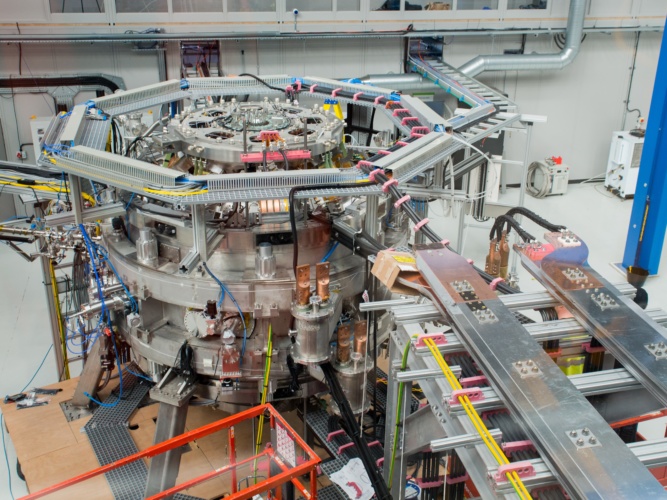
This is the promise of fusion, the fabled technology that could theoretically decarbonise the energy sector virtually overnight. Nuclear fusion is what happens at the core of stars, where hydrogen atoms fuse together to form helium, releasing huge amounts of energy in the process. Replicating this on Earth has proven a challenge, to say the least. The immense gravity in the centre of stars means fusion can take place at relatively balmy temperatures of about 10 million degrees Kelvin. On Earth, temperatures ten times that are required.
Given the scientific and engineering hurdles, coupled with the profound nature of the prize on offer, it’s no surprise that governments of the world have come together on fusion. ITER (International Thermonuclear Experimental Reactor) in France is the biggest project to date, a $25bn reactor due to come online in 2025 and prove that net energy gain from fusion can be achieved on Earth. With China, the European Union, India, Japan, Russia, South Korea and the United States on board, it is an enormous pan-global scientific collaboration, with a weight of hope and expectation to match.
There’s a lot interest, a lot of excitement coming into this, so now we’ve got to capitalise on it
But the world’s superpowers are not the only ones taking on the problem. Over the past 30 years or so, dozens of private companies have sprung up, tempted by the transformative potential of fusion and the economic opportunity that comes with it. In late October 2021, the UK Atomic Energy Authority (UKAEA) and the Fusion Industry Association (FIA) published the first ever report on this private sector, noting a total of $1.9bn of total investment.
In the few short months since the report’s publication, that figure has more than doubled. Several major deals have been announced, including a $500m Series E round (with another $1.7bn tied to future milestones) for US startup Helion Energy. This was swiftly followed by MIT spinout Commonwealth Fusion Systems (CFS) announcing $1.8bn in a Series B round backed by Bill Gates and George Soros. This influx of cash has coincided with technical breakthroughs such as plasma temperatures in excess of 100 million degrees, indicating that energy gain and commercial fusion may finally be within reach.
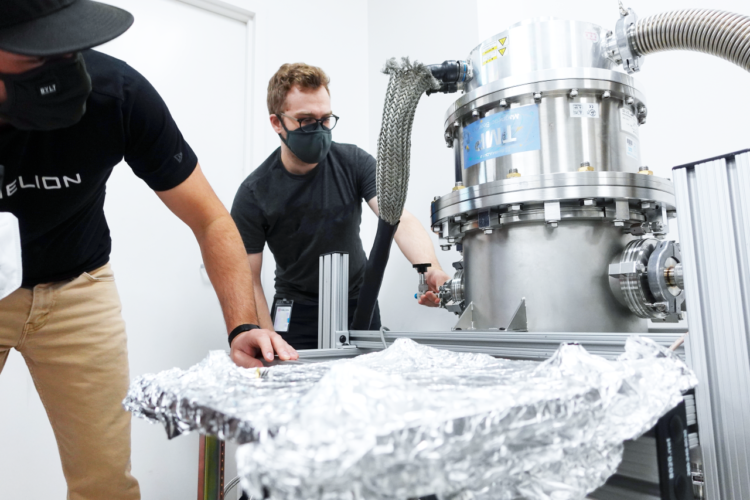
“There’s a lot interest, a lot of excitement coming into this, so now we’ve got to capitalise on it,” Andrew Holland, FIA chief executive, told The Engineer. Based in Washington, DC, the FIA was founded in 2018 but only incorporated in May 2021, ramping up operations gradually as fusion startups gained momentum and venture capital poured in. As the body that represents the private sector, its remit is to build public-private relationships, push for sensible regulatory frameworks and raise the profile of the small but fast-growing fusion ecosystem. “I’ve been working in fusion now for a decade,” said Holland. “It really didn’t get a lot of interest at the upper levels in Congress or the White House for a long time. But I think that’s starting to change.”
As many readers will no doubt be aware, there’s a long-running joke that fusion is doomed to be 30 years away in perpetuity. The ‘jam tomorrow’ criticism has haunted the sector for decades, a trope that brings no small degree of baggage. “Even some of the people in the fusion science world, even more so, they have scar tissue of the last 30 years,” said Holland.
But the fusion scientists and entrepreneurs of today are aiming to consign the old joke to history. On Capitol Hill, according to Holland, the problem is less scar tissue than awareness and understanding of fusion, despite Uncle Sam backing the technology for over half a century. The recent large sums of capital will help turn heads in DC, but also in the financial hothouses of New York and Silicon Valley, where much of this new wave of fusion finance has originated. It’s hard not to see it as an inflection point, the technology finally tapping into major venture capital with deals making headlines in the Financial Times and the Wall Street Journal.
Founded in 2013 and based near Seattle, Washington, Helion Energy is one of the companies generating some of those recent headlines. Its pulsed non-ignition fusion technology has already achieved 100m degree plasma with Trenta, the firm’s sixth generation fusion reactor.
“We announced earlier (in 2021) that our prototype reached 100-million-degree temperatures and we’re the first private organisation ever to attain those temperatures,” Scott Krisiloff, Helion’s chief business officer, told The Engineer. “That’s really important because that shows we’ve demonstrated the ability to do commercially relevant fusion temperatures in our device.”
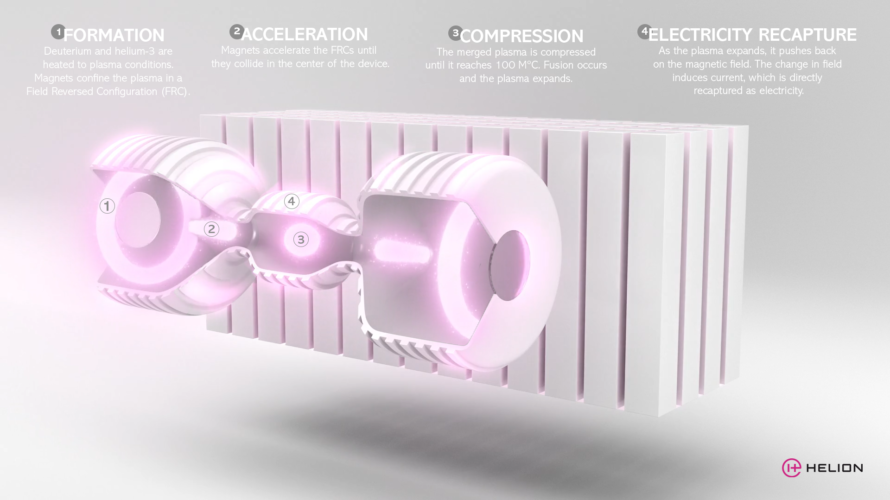
Unlike the steady-state tokomak reactors being developed by ITER and across much of the private sector, Helion takes a different approach. Tokamaks use high temperature superconducting (HTS) magnets to confine and maintain ultra-hot plasma for as long as possible, using captured heat to drive steam turbines like classic thermal generation. In contrast, Helion’s pulsed reaction allows electricity to be captured directly via changes in magnetic fields caused by the fusion reaction at the device’s core.
“The difference in Helion’s approach really comes back to our ability to directly capture electricity from the fusion reaction,” Krisiloff explained. “We have these two plasmas that are confined in a field reversed configuration, and we fire them at each other using magnetic force. They collide at the centre of the machine and then we use another magnetic field to compress them down to the fusion conditions.”
Due to the fact that the plasma itself is magnetised, it pushes back on the magnetic field of the machine when fusion takes place, inducing a direct electrical current. According to Helion, this elegant approach to electricity capture is also much more efficient than thermal generation.
“It’s Faraday’s Law – the same thing that drives the energy recapture in an electric car,” Krisiloff continued. “When you have a change in field from the plasma pushing back on the field of the machine, you induce a current. “We’re able to get 95 per cent of the energy out of the reaction using this approach, which means we’re able to generate net electricity at lower fusion conditions.”
Commercialisation underpins everything that Helion does, with a clear focus on net electricity gain. Having achieved 100m degrees with Trenta, the company has already broken ground on its seventh prototype, Polaris. The recent $2.2bn investment round – with $1.7bn attached to future milestones - will essentially fund the construction of Polaris, which Helion says will produce net electricity by 2024. All going to plan, the 50MW, shipping-container sized device will then serve as the blueprint for the scale rollout of fusion reactors by the early 2030s. “The first $500m is really about building Polaris,” said Krisiloff. “The additional $1.7bn, really the view is towards commercialisation…being able to build the gigafactories and things like that in order to mass produce.”
According to the FIA’s Holland, these types of deals will become more and more frequent as technical milestones get ticked off and the prospect of commercial fusion draws nearer. As risk declines, investment pours in. Given the size of the global energy market, it’s no surprise that the leading companies in the fusion space are beginning to clock up multi-billion-dollar valuations, even though grid energy is still probably at least a decade away. “In the Unites States alone, energy is a $1 trillion per year market, said Holland. “There’s no reason why fusion can’t take a large portion of that in the long run. “This is the trajectory that the companies are on. In the private sector, if you meet your goals and meet the milestones that you set out for yourself and set up with your investors, then the next step is you expand. More money comes in because there’s less risk. So it’s welcome, it’s exciting and a shot in the arm, but at the same time it’s not like it’s out of nowhere.”
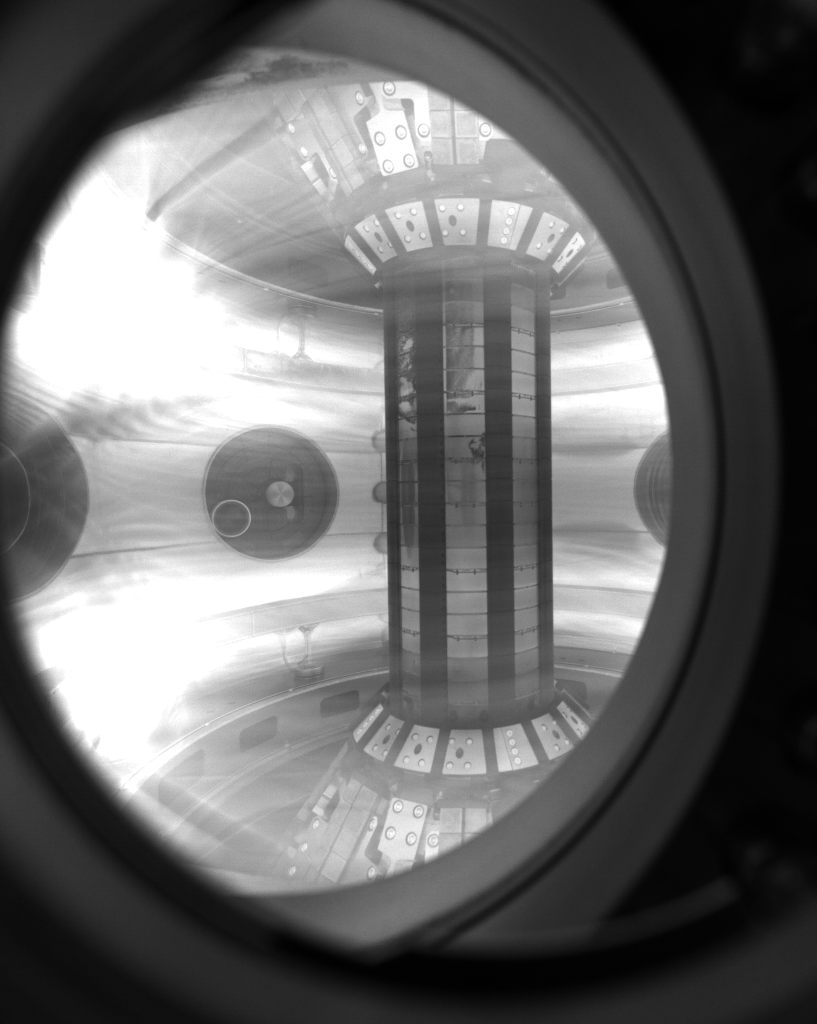
In contrast to Helion’s pulsed approach, CFS - the other US company to enjoy a massive recent funding boost- is focused on the more ‘classical’ tokamak approach to fusion. In September 2021, its new large HTS magnet produced a field strength of 20 tesla, the most powerful magnetic field of its kind ever produced. “It’s a big moment,” CFS chief executive, Bob Mumgaard, told MIT News at the time. “We now have a platform that is both scientifically very well advanced, because of the decades of research on these machines, and also commercially very interesting. What it does is allow us to build devices faster, smaller, and at less cost.”
Clearing that significant scientific hurdle precipitated a $1.8bn investment round in December. The company is now working on a demonstration device known as SPARC that is expected to come online in 2025 and to deliver net energy gain. Its successor, ARC, will be a 200MW fusion power plant designed to generate grid electricity in the early 2030s.
In the UK, Oxford’s Tokamak Energy is plotting a similar course to CFS, its compact spherical tokamak also reliant on HTS magnets. In September 2021, it announced it had developed and tested ‘partial insulation’, a new technology that allows these magnets to be built at power plant scale, and which is simpler than traditional systems used to protect HTS magnets at extreme temperatures.
Having already attracted $200m in funding since being founded in 2009, Tokamak Energy is the UK’s largest private fusion firm, as well as one of the biggest worldwide. And while the enormous sums seen in the US are yet to be replicated on this side of the pond, they bode well for the company, given its approach so closely mirrors that of CFS. “It’s very good news,” Dr David Kingham, Tokomak Energy’s co-founder and executive vice chairman, told The Engineer. “We’re seeing a lot of investor interest. We have some commonality of approach with CFS. We’re using the same type of HTS material. We differ in some ways in our engineering of the magnets, but that is partly to do with the shape of our tokamak. We’re going for the more compressed spherical tokamak shape which has some physics advantages and some slightly different engineering challenges. But basically we agree with CFS that compact tokamaks – whatever the shape – are the right way to go.”
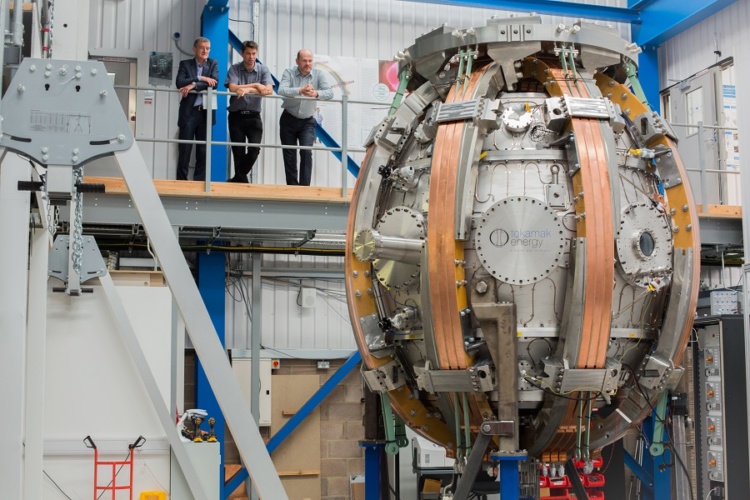
As with its US counterparts, Tokomak Energy’s progress can be measured in terms of technical milestones. Its ST40 prototype has been steadily increasing its plasma temperatures since it came online in 2018, achieving 15 million degrees in its first year and building gradually towards the magical 100-million-degree figure. “We’re closing in on that,” said Kingham. “100m degrees in our present prototype is a big tick in the box. If we can push it higher, we will. We then need to introduce deuterium into the device and that will produce some fusion reactions. That’s scheduled for next year (2022). We then need to increase the density of the plasma and then we want to increase the third parameter, the so-called energy-confinement time, and see how far we can push that. “The other big milestone we’ve got (in 2022) is our new magnet system, our new high-temperature superconducting (HTS) magnet system. This is scaling up technology we’ve already developed, but for magnet engineers scaling up is a big challenge, as it increases the stored energy in the magnets.”
There’s no chance that every country will decarbonise by 2050. Many of them won’t even try. So something else has to be done
Those new HTS magnets will be deployed on the ST40 and undergo extensive testing over the next couple of years. From there, Tokomak Energy plans to develop a pilot scale plant by the early 2030s, one that will deliver grid electricity but which will serve primarily as a demonstrator and have a limited lifetime. Once grid level power can be proven, the challenge will turn to the mass production of fusion reactors – no mean feat given the complexity of the engineering involved. Naturally, all of this will take time and money. “We will be raising a significant amount of investment in 2022,” said Kingham. “We’re certainly seeing a large amount of investor interest at the moment. It’s really accelerated in the last two or three months. We have a great set of shareholders and investors, but we would like to expand that further in 2022, and the opportunities to do so are clearly very, very good.”
For Kingham, the prize at the end of the road is existential as much as financial. Despite the rapid expansion of renewable energy, there is still a huge gulf in what the planet is consuming and what we can produce using zero carbon means. “There’s no chance that every country will decarbonise by 2050,” said Kingham. “Many of them won’t even try. So something else has to be done. To me, it’s engineering solutions that are going to be crucial, because persuading people to use less energy isn’t likely to work.”
With global energy demand only heading in one direction, fusion is perhaps our best hope of rapid decarbonisation on a mass scale, potentially solving a major part of the climate puzzle. It may not be the silver bullet we all desire, but it could certainly help keep the wolf from the door.




Comment: Brute force can not solve autonomy challenge
My brother has lost his licence in his forties due to an eye problem and he'd quite like a self driving car.